Hummus and scallops on a vegetable bed
This recipe is a perfect example of combining vegetable and animal protein. It also shows how we should increase colourful vegetables and reduce carbohydrates from pasta, rice or bread in the modern Mediterranean diet that is now scientifically shown to be one of the best options for a healthy diet.
In France, the scallop season runs from 1 October to 15 May. In summer, mussels could replace the scallops in this recipe.
2 servings
1 small onion, chopped
1 clove garlic, minced
1 medium sweet potato
A handful or two of baby spinach
About 10 cherry tomatoes, halved
2 tbsp. black olives
About 4 tbsp. hummus
8- 10 scallops
2 tbsp. hazelnut powder
Olive oil
Warm 2 tbsp. olive oil in a large skillet over medium- low heat and gently sauté the onion and garlic for about 10 minutes.
Peel and chop the sweet potato. Microwave for about 5- 6 minutes until soft, then add to the skillet.
Preheat the oven to 200° C.
Oil a smallish ovenproof dish and place the scallops in it. Sprinkle with hazelnut powder and some olive oil. Roast for 4- 5 minutes depending on the size. It is nice to leave them a bit mi- cuit, half- cooked, inside.
When the scallops go into the oven add the spinach, cherry tomatoes, and olives to the skillet. Increase the heat to medium. The spinach takes only a few minutes to be wilted.
Place a heap of hummus in the centre of large plates and surround with the vegetables. Divide the scallops on the vegetables and serve.










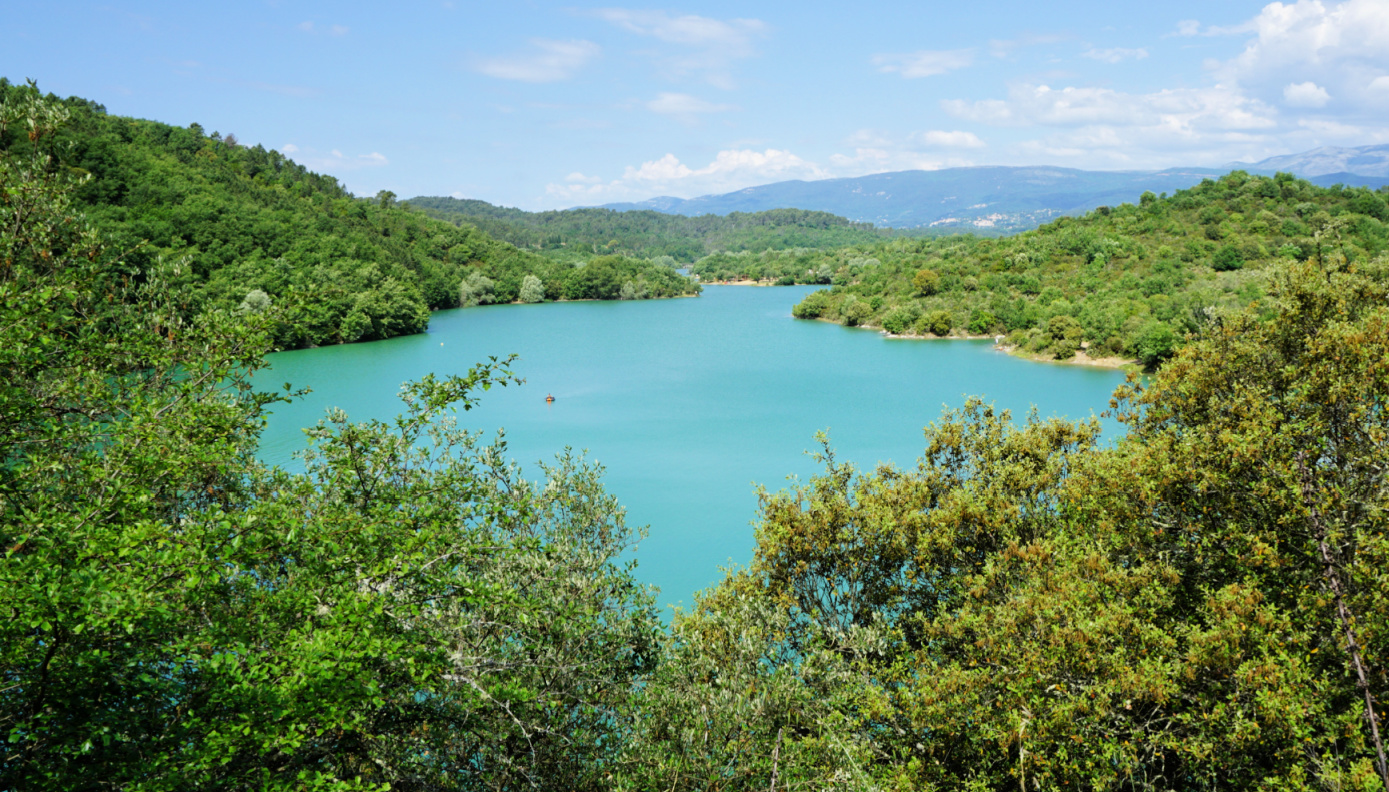

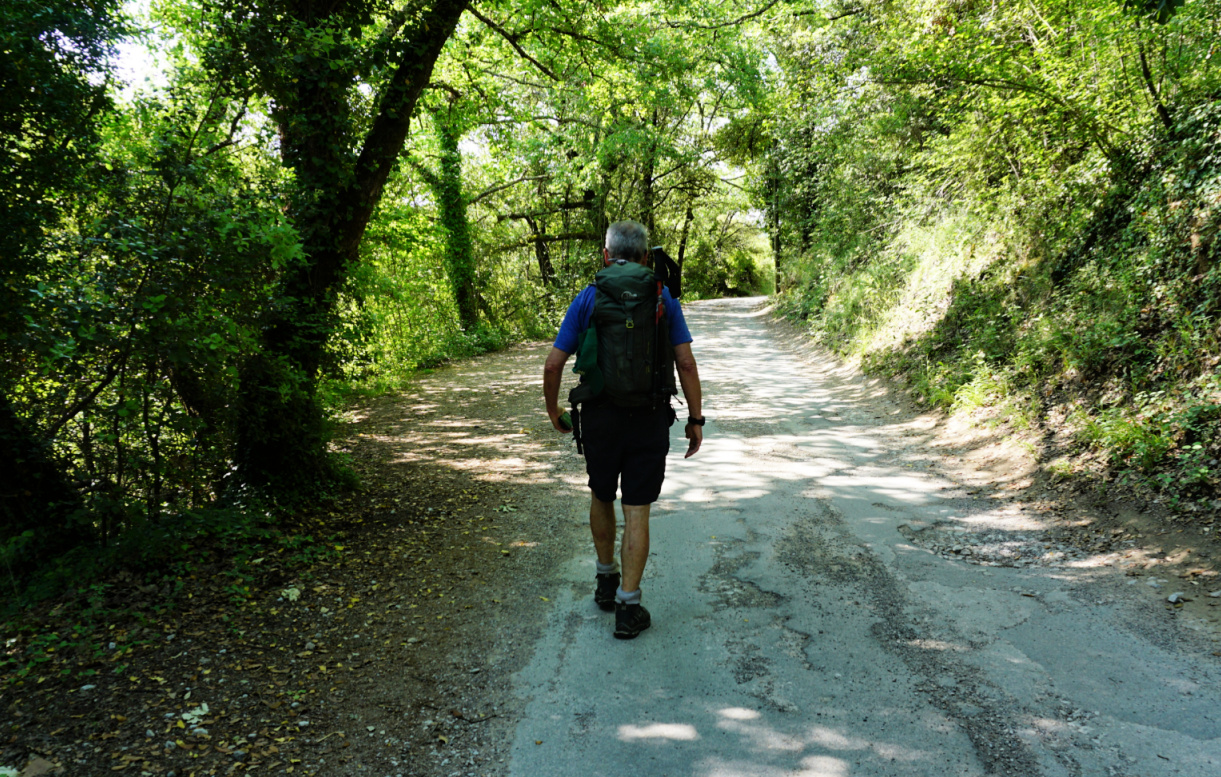
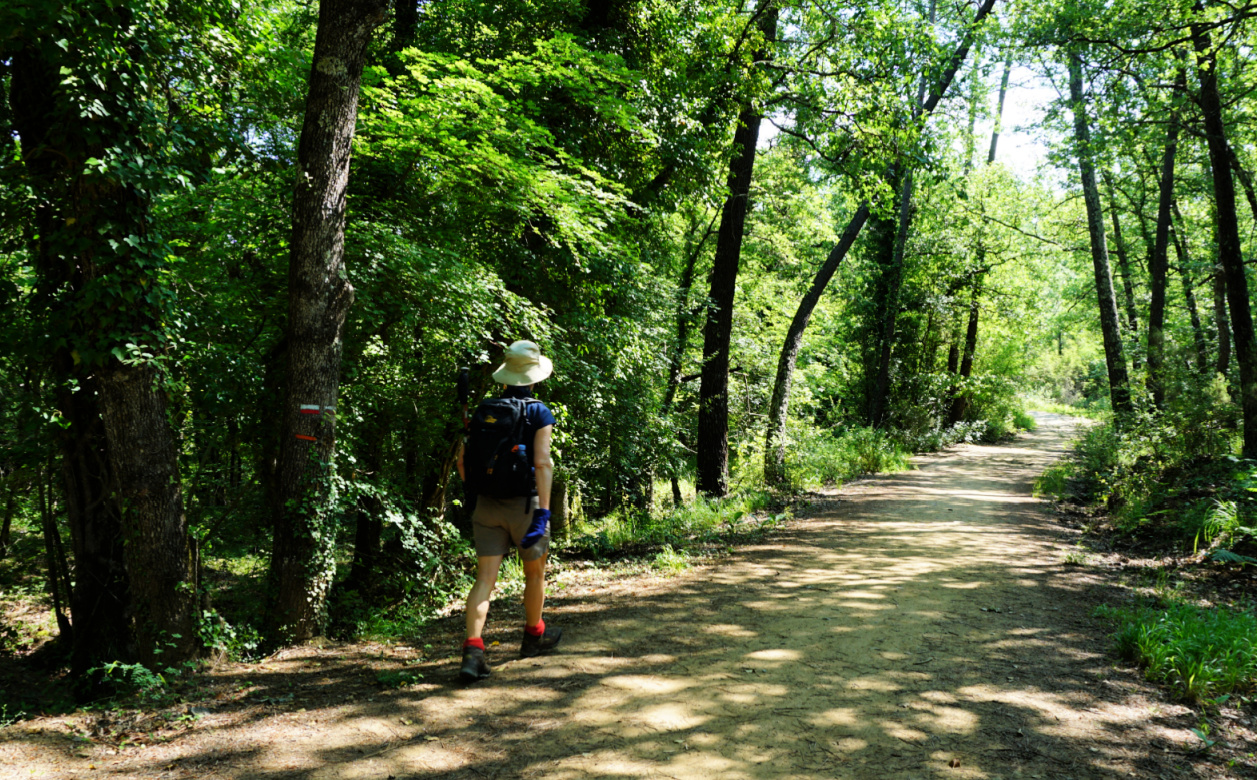



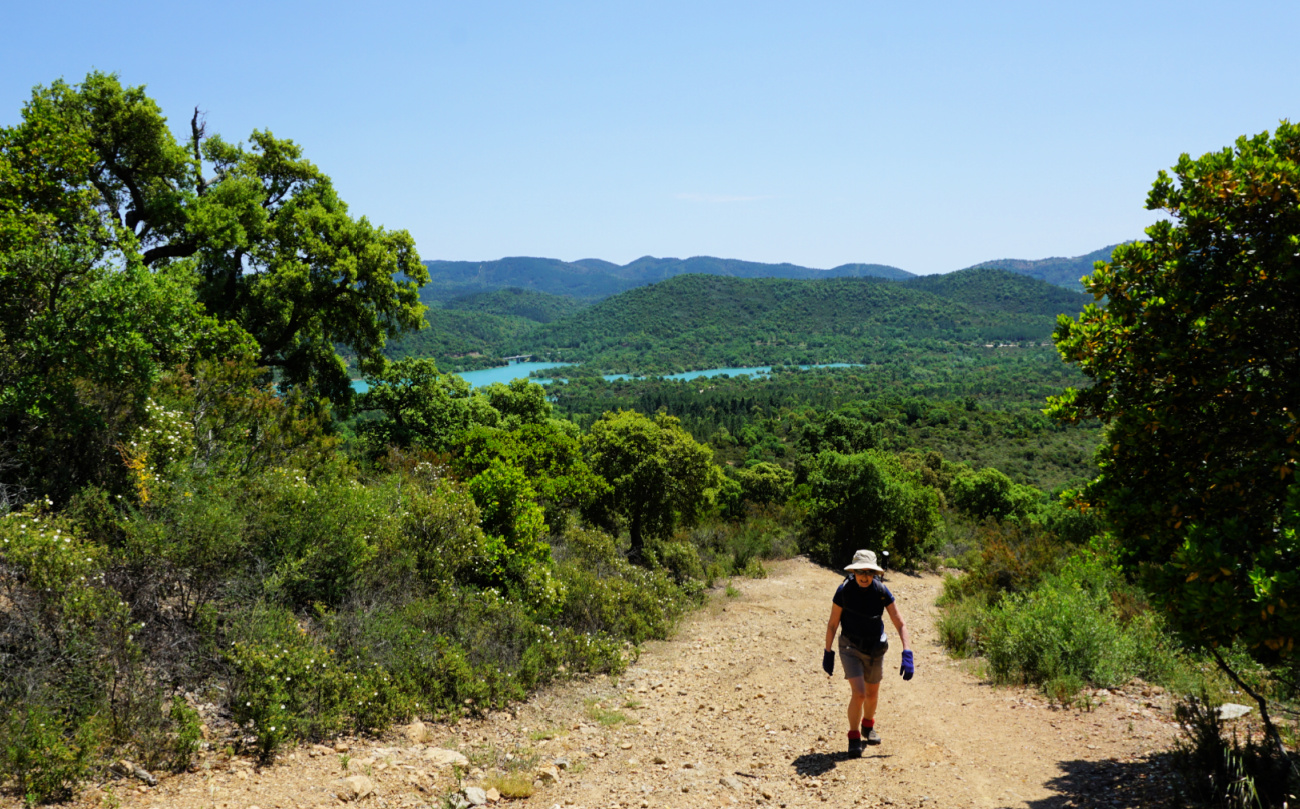






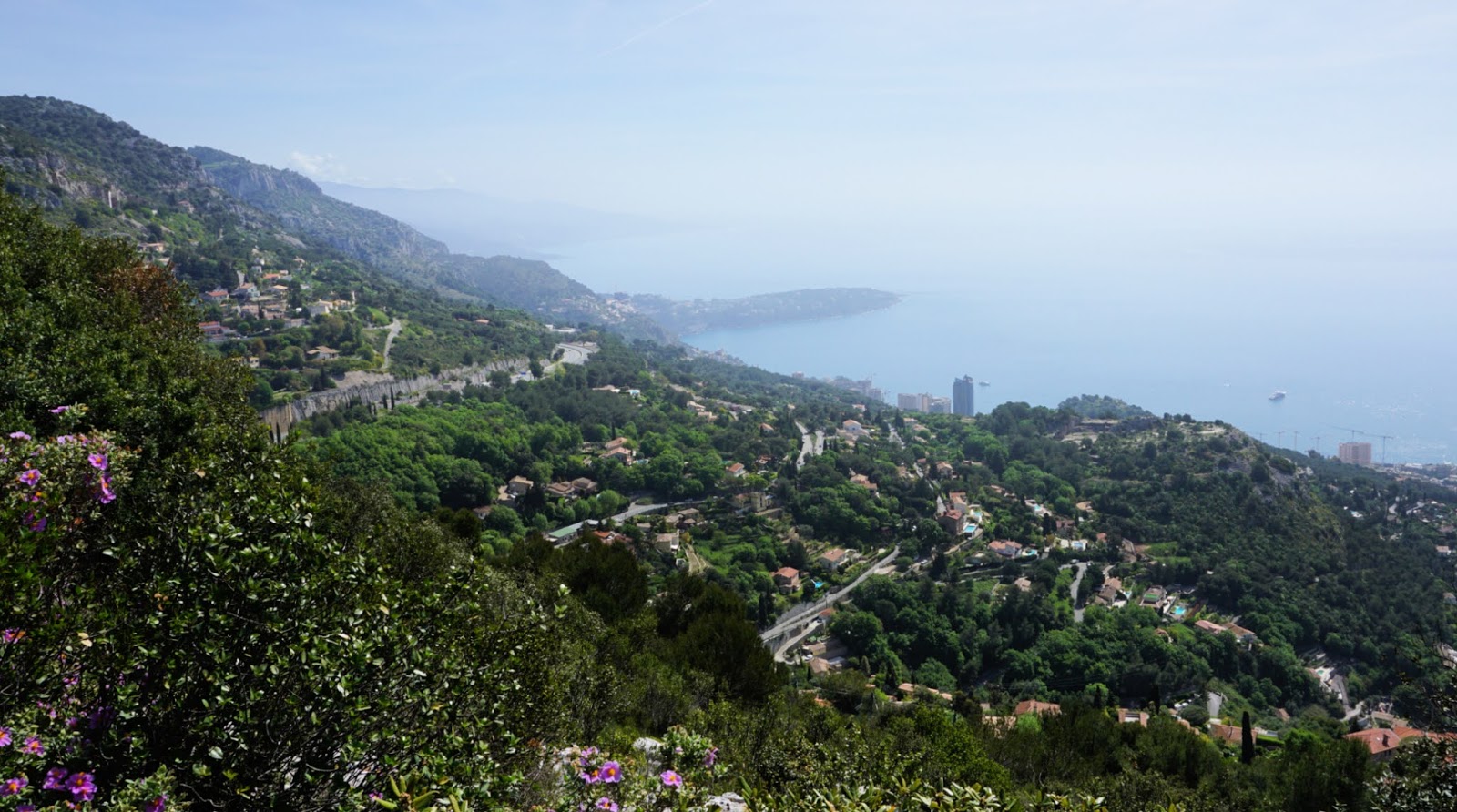




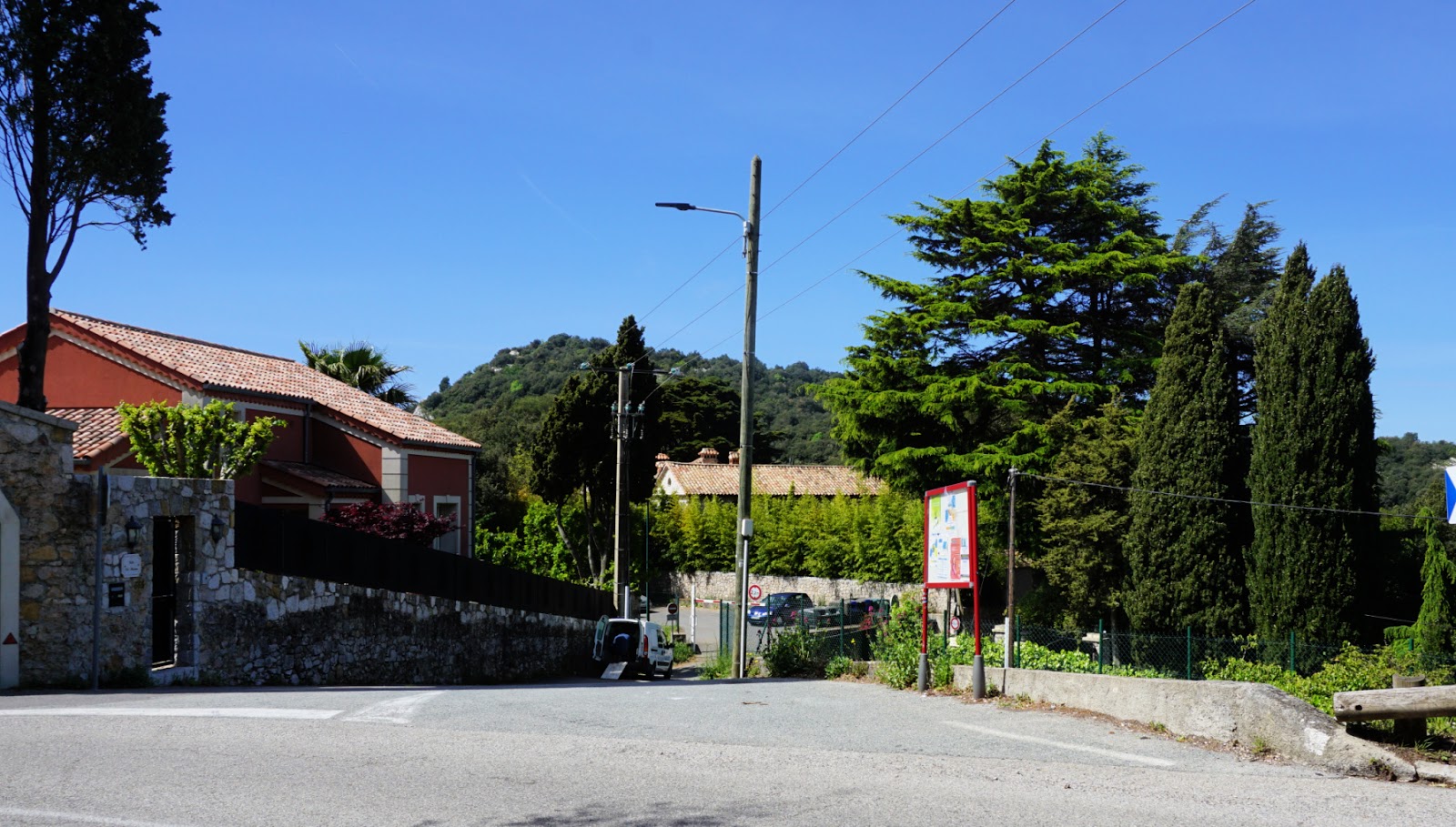






0 comments:
Note: only a member of this blog may post a comment.